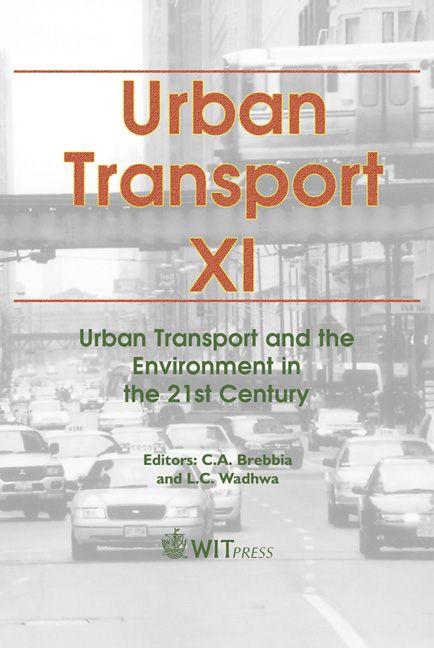Factor Analysis For Choosing Input Variables Of A Car-following Model
Price
Free (open access)
Transaction
Volume
77
Pages
10
Published
2005
Size
518 kb
Paper DOI
10.2495/UT050691
Copyright
WIT Press
Author(s)
J. Hongfei1, J. Zhicai2 & L. Xia1
Abstract
The driver car-following behavior is a very complex phenomenon and it is very hard to realistically simulate the driver behavior which under the influence of many factors that can not be identified. Most of the existing car-following models were developed on the basis of a sensible understanding of traffic phenomena, and some have made statistical analysis of the field data, but the question \“which factors affect driver car-following behavior” is not well answered. Namely, the input variables of car-following models are usually chosen empirically and no further theoretical studies are done. In this paper, the nonlinear statistical method of factor analysis is used to extract useful information from representative field data and those endogenous variables with higher information are selected as input variables to establish a car-following model. Finally, the model is verified used data collected through the Five-Wheel systems experiment. Keywords: traffic flow; input variable; factor analysis; car-following model. 1 Introduction As the computers are more popular and reliable nowadays, the utilization of simulation techniques in every aspect of engineering is becoming invaluable tools of data gathering, forecasting and testing. The area of traffic engineering relies on the simulation tools when actual data collection is not feasible or possible. Among the traffic engineering tools, the most significant ones are the microscopic simulation models or the car-following models. The car-following
Keywords
traffic flow; input variable; factor analysis; car-following model.





